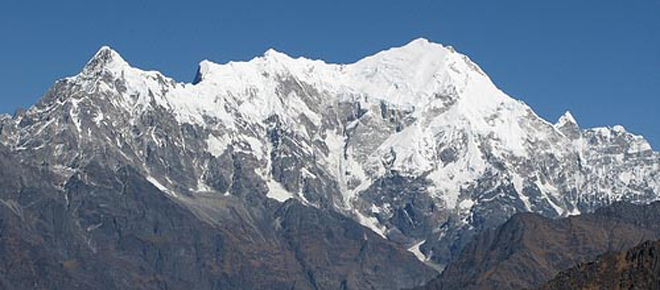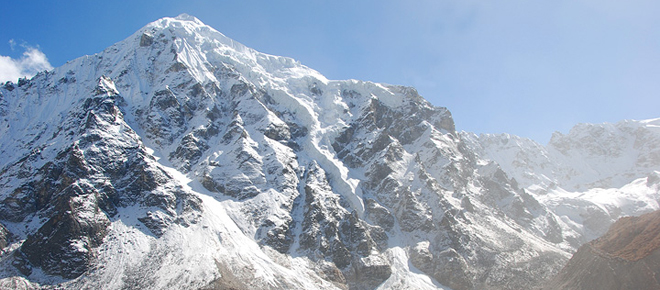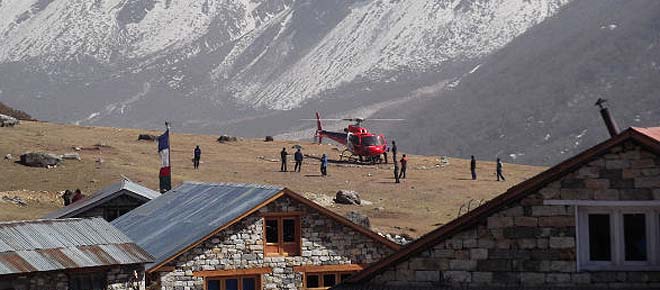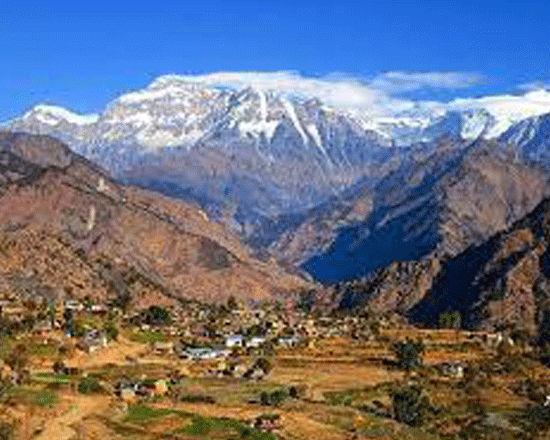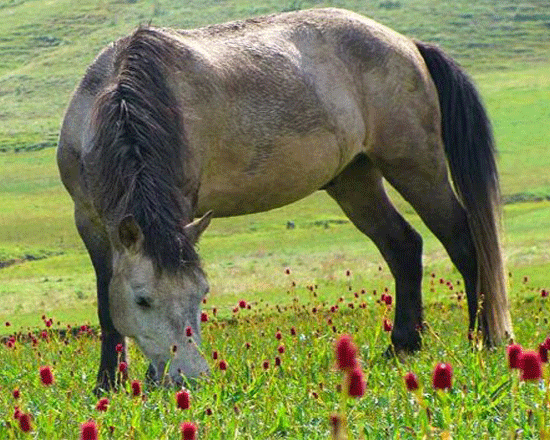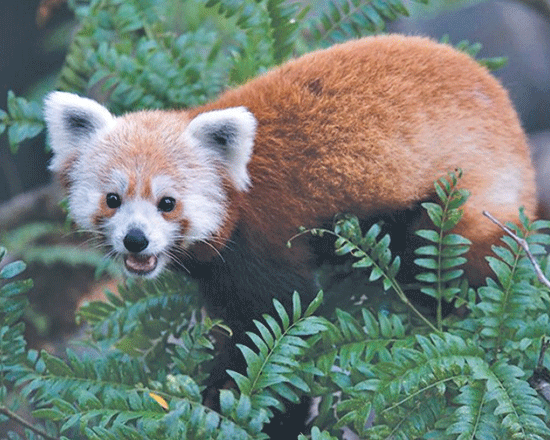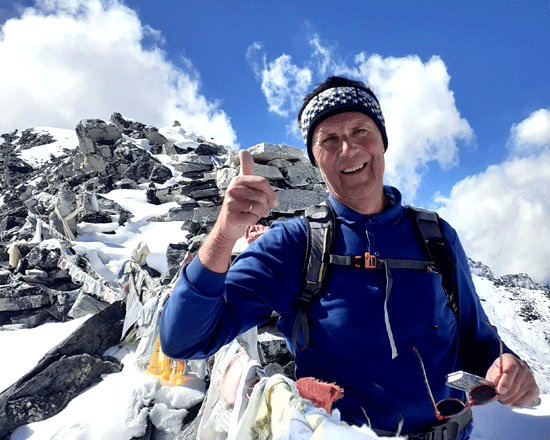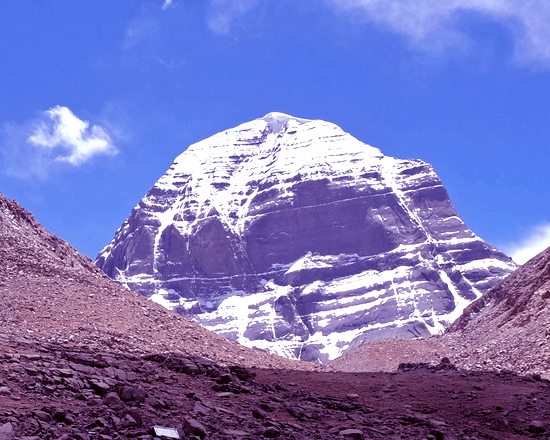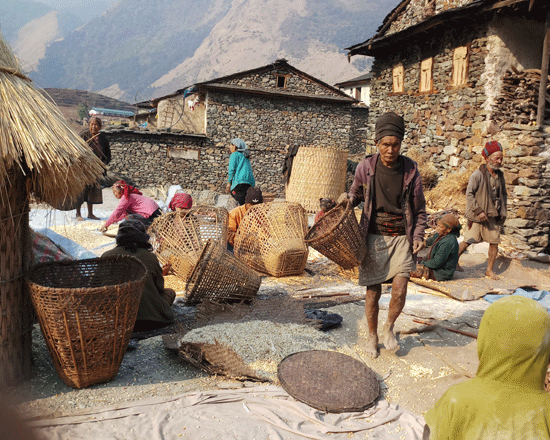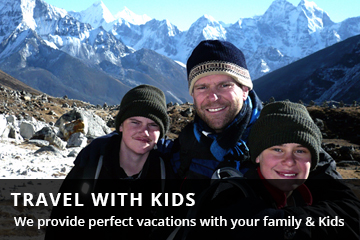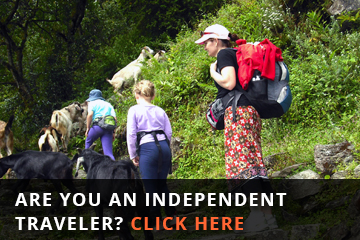Tilman Pass Trek
Tilman Pass Trek
Wilderness TrekkingTrip Facts
Since the terrain can be hard and the days long, hikers on these treks should be in good physical condition and have some previous mountain walking experience. Steep climbing may be involved, although it is never necessary to use ropes. Treks at this level can he arranged for periods of 16 to 21 days. Typically, a gradual ascent through a green river valley will lead you up to a number of high passes, where you will reach the altitude of 5416m. Often times, you will get a close insight into the Tibetan culture. Participants should expect to trek above 5416m/17872ft.
Mode of Travel : Land100%
Overview
Tilman Pass Trek in Nepal
The Tilman Pass trek is a challenging and remote adventure in the Langtang region of Nepal. It is named after Bill Tilman, a renowned British mountaineer who was the first to cross the pass in 1950. And a mountaineer who contributed to exploring the Himalayan in the mid-20th century. Tilman was one of the first Western explorers to venture into the Langtang region, mapping and documenting previously uncharted areas.
Lodging options include teahouses along the route, providing basic facilities such as meals and a place to sleep. Camping is also an option for those preferring a more adventurous experience. Trekkers often carry their camping gear or travel with a support team that sets up campsites along the trail. This allows trekkers to experience the wilderness and rugged beauty of the Timal region while enjoying the flexibility of camping in scenic locations along the trekking route.
Highlights of Tilman Pass trekking
The Tilman Pass trek includes the Langshisha glacier, the five sacred lakes of Panch Pokhari, and the Jugal Himal valley. It is also home to unique wildlife such as the blue sheep and the red panda. During the Tilman Pass Trek, majestic rocky peaks like Kanshurum, Urkinmang, and Ganchenpo are captured. The trail takes you through the picturesque Langtang region, passing through the Trisuli valleys and the gorges of the Trisuli rivers that flow from the Langtang valley. Additionally, you can also explore the Tamang heritage, Ganjala Pass, and Panch Pokhari during the trek.
Undertaking the Tilman Pass trek requires the support of Nepalese porters, cooks, and guides. Professional local guides will accompany you, providing well-equipped tents, high-mountain insurance coverage, and emergency evacuation services. Essential equipment for the trek includes ropes, snow bars, an ice hammer, and a climbing guide due to the glacier and rocky sections of the trail.
Historical and cultural Significance
- Bill Tilman: Legends tell the story of an old Lama named Dorjee and his wife Lakpa, who crossed this pass with their oxen from Tibet.
- Early Expeditions: Tilman’s exploration in the Langtang region in the 1950s paved the way for future trekking and mountaineering activities. His expeditions helped to highlight the potential of the region for adventure tourism, leading to increased interest from trekkers and climbers.
- Religious Center: Kyanjin Gompa is a prominent Buddhist monastery that has served as a spiritual center for the local Tibetan and Tamang communities for centuries. Monks residing here practice Tibetan Buddhism and engage in daily rituals and ceremonies. The monastery is believed to have been established several centuries ago by Tibetan Buddhist monks who migrated to the Langtang region. It continues to play a vital role in maintaining and promoting local cultural practices.
Trekking and Exploration
-
-
Challenging Route: The Tilman Pass trek challenges trekkers with its difficulty, demanding a high level of physical fitness, technical skills, and proper acclimatization. The route involves crossing glaciers, navigating steep ascents and descents, and traversing remote and rugged terrain.
- Scenic Beauty: The trek offers stunning views of the Langtang Lirung, Ganesh Himal, Dorje Lakpa, and other peaks. Trekkers also pass through diverse landscapes, including alpine meadows, rhododendron forests, and traditional villages, providing a rich cultural and natural experience.
-
Trek distance
Tilman Pass trek usually takes 15-20 days to complete and entails crossing high-altitude passes, glaciers, and alpine terrains. The Tilman Pass trek commences from Syabrubesi and takes you through traditional Tamang villages, Rhododendron and bamboo forests, and high-altitude landscapes before reaching Tilman Pass at an altitude of 5,320 meters. From the pass, you can behold breathtaking views of nearby peaks such as Langtang Lirung and Ganesh Himal.
For the Tilman Pass trek, the best times to embark on this adventure are during the spring season, specifically from March to June. These months offer trekkers favorable weather conditions and excellent visibility, providing the opportunity to fully immerse themselves in the awe-inspiring natural beauty of the region. Furthermore, during this time, the trails are relatively less crowded compared to the peak trekking season, ensuring a more tranquil and peaceful experience for adventurers.
Alternatively, the early months of September to December also present an optimal window for the tilman Pass trek. This period marks the autumn season when the weather is stable, and the skies are generally clear. The days offer mild temperatures, perfect for comfortable trekking. Autumn unveils breathtaking views of the surrounding mountains, as the exceptionally clear skies allow trekkers uninterrupted panoramas of the majestic Himalayas. Similar to the spring season, embarking on the tilman Pass trek during autumn offers the advantage of a peace journey, with fewer fellow trekkers on the trails.
Trekking equipment list
When it comes to equipment, ensuring you have the necessary gear to stay warm and comfortable without overpacking is crucial. Since the weather can vary depending on the altitude and time of year, it’s important to wear waterproof walking boots that you’ve worn before the trek, along with warm socks and gaiters for winter conditions. Experts advise having loose, casual trousers, thermal leggings, and a long skirt for women, as well as waterproof pants.
For upper-body clothing, choose T-shirts, long-sleeved shirts (preferably not made of cotton), thermal shirts, warm shirts, fleece jackets, or thick wool sweaters. As you ascend to higher altitudes, a windproof and waterproof outer layer becomes essential. Additionally, a Down jacket and a Down sleeping bag (which will be provided by company or can purchase in Kathmandu at a reasonable price) are recommended. Don’t forget to pack a wool or fleece hat, balaclava, sunglasses or goggles, warm gloves, and sunscreen for head and hand protection. Wearing a hat or cap for sun protection during the trek is also advisable.
Physical Fitness Preparation
To undertake the Tilman Pass Trek, trekkers need to be physically fit. Experts recommend running for at least an hour a day for 10 to 15 days, or even a month, depending on your fitness level, before the trek. This helps to build individuals hiking stamina. This preparation helps in acclimatizing to the high altitudes and ensures you are ready for the demanding terrain of the trek, including the challenging ascent of the Tilman Pass at 5,320 meters (17,454 feet). What’s crucial is a willingness to prepare physically and mentally, and to respect the demands of the environment. Proper acclimatization ensures trekkers can fully enjoy the journey, absorbing the breathtaking landscapes and immersing themselves in the local culture. Ensure that, you bring the recommended trekking equipment list. Remember, a quality trekking equipment can make your trip enjoyable, while a poor one can make it miserable.
Note
Nepal Wilderness Trekking, you can expect a pleasant and hassle-free trek experience. Our English-speaking guides will ensure you can connect with the locals and make the most of your Trip. Also offers experienced local guides and porters who possess extensive knowledge of the region’s nature, trails, mountains, culture, flora, and fauna. We offer competitive and transparent package costs, with no hidden fees except for those mentioned in the itinerary overview. When you travel with us, you can trust that we will meet your travel needs.
Detail Itinerary
- Day 01: Drive to Syabrubensi, (1672 m. 10 hrs) overnight at lodge.
- Day 02: Trek to Lama Hotel, (2670 m. 5/6 hrs) overnight at lodge.
- Day 03: Trek to Langtang village, (3430 m. 5/6 hrs) overnight at lodge.
- Day 04: Trek to Kyanjin Gompa (3700m. 5 hrs) overnight at lodge.
- Day 05: Rest at Kyanjin Gompa for acclimatization, overnight at the lodge.
- Day 06: Trek to Langsisha Kharka (4160m. 5/6 hrs), overnight at tented camp.
- Day 07: Trek to Marine Base Camp, (4580m. 4/5 hrs), overnight at tented camp.
- Day 08: Trek to Tilman’s Base Camp, (4850m. 5/6 hrs), overnight at tented camp.
- Day 09: Trek to Dudh Pokhari after crossing Tilman Pass (5320 meters), overnight at a tented camp.
- Day 10: Trek to Tin Pokhari, (3840m. 5/6 hrs), overnight at tented camp.
- Day 11: Trek to Panch Pokhari, (4060m. 5/6 hrs), overnight at tented camp.
- Day 12: Trek to Nursing Pati (3810m. 4 hrs) overnight at tented camp.
- Day 13: Trek to Chyo Kharka, overnight at a tented camp.
- Day 14: Trek to Chautara / Balafi, overnight at a tented camp.
- Day 15: Drive back to Kathmandu, overnight at the hotel.
Cost Included
- Tented accommodation and equipment during the camping trek. (We will provide fully waterproof two-man tents, dining tents, kitchen gear, dining tables, chairs, toilet tents, shower tents, etc.)
- A local government-trained license holder Trekking Guide during the trek., a cook, the required number of porters, their food, accommodation, salary, insurance, equipment, and medicine.
- Boiled and purified drinking water for the trek.
- Trekking permits.
- Surface Transfer to and from Kathmandu.
- All our government taxes.
- Tourist service charge, VAT.
- Official expanse.
Cost Excluded
- Hotel in Kathmandu
- Hard and soft table drinks such as coke, Fanta, mineral water, hot shower, dessert, etc.
- Personal insurance.
- Rescue operation charge.
- Tip for guide and porter.
- Excluded are all costs and expenses not listed under "cost includes"
- Inclusion of costs or delays beyond the control of the management, such as landslides, weather conditions, itinerary modifications due to safety concerns, illness, changes in government policies, strikes, etc.

